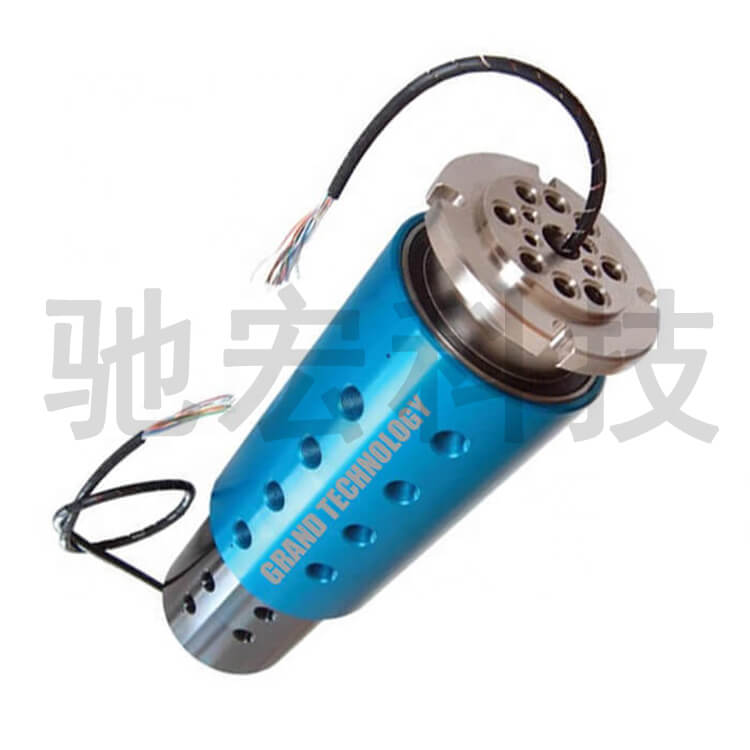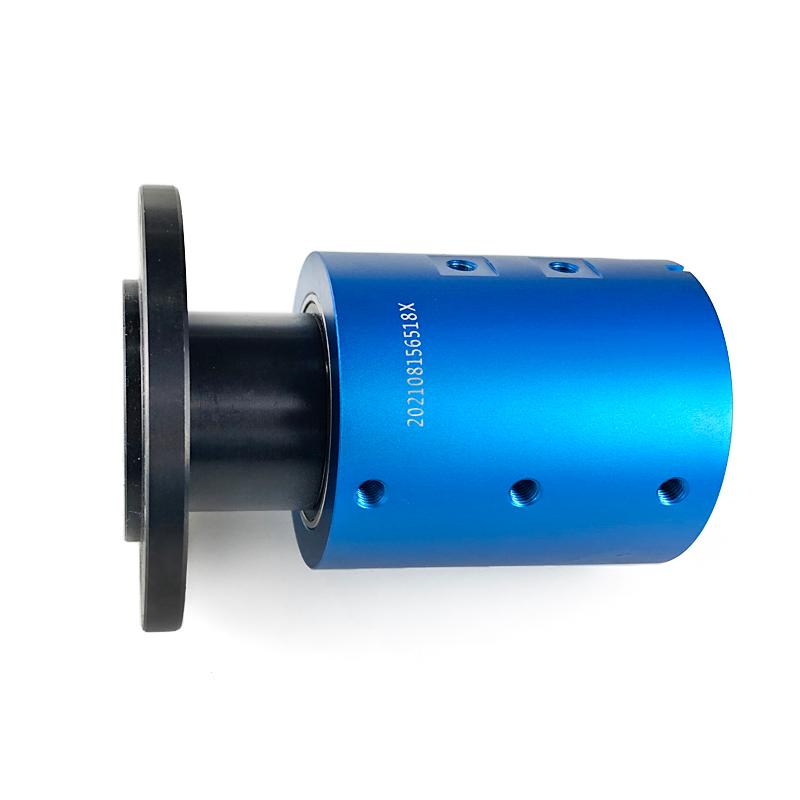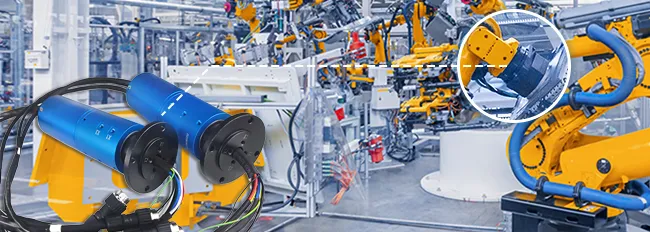Rotary joints and swivel joints are two types of mechanical products used to transfer fluid, air or power from a stationary structure to a rotating structure,and are widely used in various industries. Although the functions are similar, there are differences in many aspects such as technical specifications, advantages and disadvantages.
Product Introduction
| Rotary Joint | |
 | |
| Summary | A rotary joint is a device that allows a rotating shaft to transfer fluid from a stationary source to a rotating machine component. |
| Background | First used in steam engines in the 19th century |
| Specifications | Maximum pressure 1500 PSI, temperature range -20°F to 400°F |
| Advantage | * Can transport multiple fluids at the same time * Suitable for high pressure applications * Can handle high speed rotation * Low maintenance required |
| Disadvantage | * Limited range of motion * Not suitable for high-temperature applications |
| Swivel Joint | |
 | |
| Summary | A swivel joint is an assembly that allows continuous rotation of rotating parts without entanglement of hoses or cables. |
| Background | It was first used in the fire protection industry in the early 20th century |
| Specifications | Maximum pressure 1000 PSI, temperature range -20°F to 400°F |
| Advantage | * Provide 360 degree rotation * Suitable for low pressure applications * Can handle slow to moderate rotation * Easy to install and maintain |
| Disadvantage | * Only one fluid can be transferred at a time * Requires regular cleaning to prevent clogging |
Face to Face Features
In terms of face-to-face characteristics, both rotary joints and swivel joints have their own advantages. Rotary joints are suitable for high-pressure and high-speed applications, and can transfer multiple fluids at the same time. In contrast, swivel unions can provide 360 degrees of rotation and are ideal for low pressure and slow to moderate rotation applications.
Winner: Depends on specific application requirements.
Salient Features
If we consider the features that one product has and the other doesn’t, the swivel joint has the advantage of providing 360-degree rotation, making it suitable for applications that require continuous rotation without tangling hoses or cables. In contrast, rotary joints can transfer multiple fluids simultaneously, making them ideal for applications that require transferring more than one fluid at a time.
Winner: Depends on the specific application requirements.
Conclusion
If using the product rotary joint:
Recommended for applications that require transferring multiple fluids simultaneously.
Choose a rotary joint for high-pressure and high-speed applications that do not require continuous rotation.
If using the product swivel joint:
Recommended for applications that require 360-degree rotation without tangling hoses or cables.
Choose a swivel joint for low-pressure and slow to moderate rotation applications.
In conclusion, rotary joint and swivel joint have different advantages and limitations, and the best product depends on the specific application requirements. We hope this article provides you with valuable insights into the differences between these two products and helps you choose the best product for your needs.
Frequently Asked Questions
Q: What Is a Rotary Joint?
A: A rotary joint is a type of mechanical device that enables rotational movement between two objects while allowing a continuous flow of fluid or gas.
Q: What Is a Swivel Joint?
A: A swivel joint is a type of mechanical device that enables rotational movement between two objects without restricting the flow of fluid or gas.
Q: What Is the Difference Between a Rotary Joint and a Swivel Joint?
A: The main difference between a rotary joint and a swivel joint is that a rotary joint allows for the transfer of fluid or gas while rotating, while a swivel joint allows for rotation without impeding the flow of fluid or gas.
Q: What Are the Advantages of Using a Rotary Joint?
A: The main advantage of using a rotary joint is that it allows for the transfer of fluid or gas while rotating, which is useful in many industrial applications.
Q: What Are the Advantages of Using a Swivel Joint?
A: The main advantage of using a swivel joint is that it allows for rotation without impeding the flow of fluid or gas, which is useful in applications where continuous rotation is required.
Q: When Should I Choose a Rotary Joint over a Swivel Joint?
A: You should choose a rotary joint over a swivel joint when you need to transfer fluid or gas while rotating. Examples of applications that might require a rotary joint include steam turbines, rotary drilling rigs, and rotating machinery.
Q: Are There Any Other Factors to Consider When Choosing Between a Rotary Joint and a Swivel Joint?
A: Yes, other factors to consider include the pressure and temperature requirements of your application, the materials used in the joint, and the amount of rotation required. It is important to consult with a qualified engineer or manufacturer to determine which type of joint is best suited for your application.
See What We Can Do

